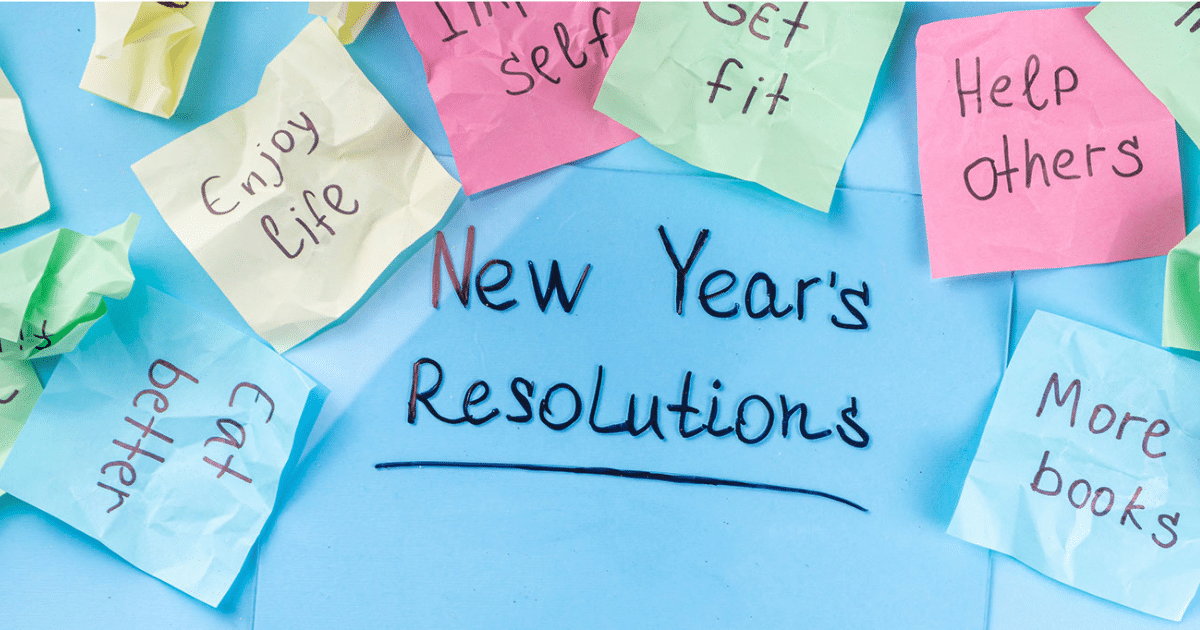I remember it as clear as day. There I was one year ago, scrolling through my Instagram explore page, when suddenly a post about a random Norwegian show popped up.
And I thought the same thing that you’re probably thinking right now: Things happen in Norway?
But I was intrigued, so I dove into the world of “SKAM.”
Right off the bat I could tell that the show did not use a stereotypical teen drama format. The word SKAM, which translates to “Shame” in Norwegian, is probably most famous for its unique distribution model. Episodes are originally released as clips throughout the week in real time, meaning if a scene is supposed to occur on Saturday at 10:15, the clip will drop on the official SKAM website on Saturday at 10:15. At the end of the week, the documentary-like clips are compiled into one episode, which is then released on television.
“SKAM” follows a group of students at Hartvig Nissen School in Oslo, an actual school in the Norwegian capital city. The show produced four seasons from 2015 to 2017, with each season focusing on the story of a different character within the group, highlighting his or her particular real-world struggles with peer pressure, sexual abuse, mental illness, homosexuality and religion, while the other characters develop in the background.
What’s even better is that not a single season’s main character is a straight, white male.
Isak, the only male lead and focus of Season 3, comes to terms with his sexuality in this season. Freshly moved out of his parents’ home due to familial problems, Isak wrestles with internal struggles of wanting to fit in and attempting to understand what’s wrong with him, though he tries to hide them by hooking up with girls and going to parties. Then, he meets Even.
Even’s outgoingness lures Isak out of his shell, allowing him to stop living his fake life.
He is thrown into Even’s world of unpredictability, which forces him to accept himself and gives him the courage to come out to his friends. Soon enough, Even’s story becomes just as important as Isak’s. It gives a voice to people with bipolar disorder, showing his manic and depressive episodes. Even’s story especially drives home the point “Du er ikke alene,” or “You are not alone.”
The most striking quality of the show is how real everything feels. From its striking portrayal of modern problems to the tangibility of the characters’ personalities, “SKAM” feels like it really does take place in our world.
The creator and mastermind behind the project, Julie Andem, said that she wanted to create a show fit for the digital age. Hence, all the characters have their own Instagram accounts, some even have YouTube accounts and the official “SKAM” website displays updated text message conversations between characters. Even on-screen, characters are sometimes seen texting with the messages on display, while a tangentially related conversation might be occurring in the background.
Everything from real-life locations to the music is hand-picked and intended to serve a distinct purpose in order to aid the plot. The tiniest details, like the words of a song, could have a hidden message. In fact, the details are so intricately ingrained that every time I watch a scene, I always end up noticing something new.
The actors themselves had little acting experience before the show and were very close in age to their characters. This, combined with their regular clothing and lack of set makeup, makes the characters feel even less fictional.
With all the interlocked components, it’s so easy to get invested in these characters’ lives. Watching the show is like living life with them, step by step, feeling their pain when they are hurt and empathizing with their happiness. There are no cliché moments — only genuine ones.
Through casual conversations between friends and everyday encounters, Andem lays out the complex issues that teenagers must navigate without sounding preachy or naggy. Even talks during a russebuss party — a Norwegian tradition where seniors group together, buy a bus and party all day and night for weeks — can point out hidden conflicts in characters’ lives.
Andem’s grasp of social media and commitment to overall authenticity unravels the teenage mind in a uniquely raw way, showing just how complicated and diverse teenagers can be, and her success is evident.
Currently, there are seven remakes of the show in seven different countries: France, Italy, Germany, Spain, the Netherlands, Belgium and the United States. With their artistry and unique plot changes, “SKAM” France and Italia are my favorite remakes, but each one is seemingly taking the world by storm.
With its combination of humorous and heart-wrenching scenes, “SKAM” promises to bring the unexpected at every twist and turn. And who knows, maybe you’ll learn some Norwegian words and traditions along the way.

























